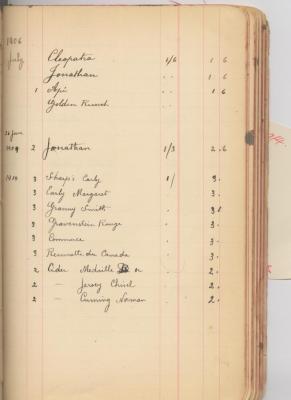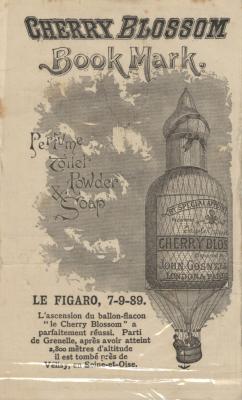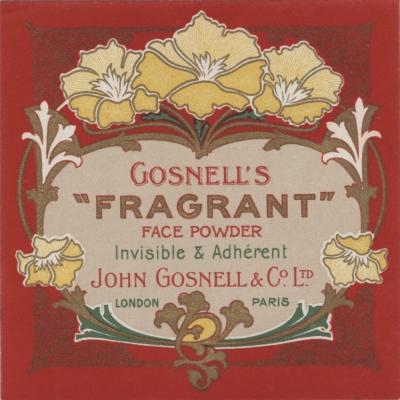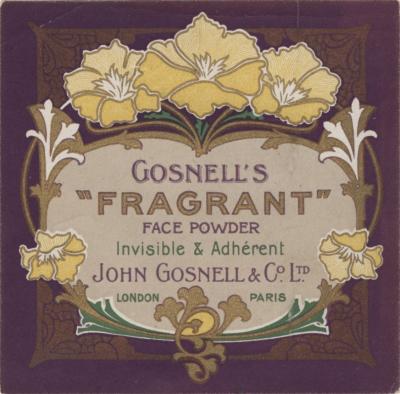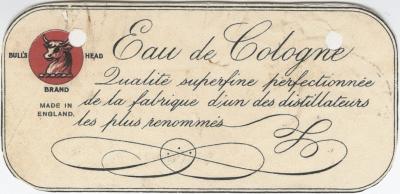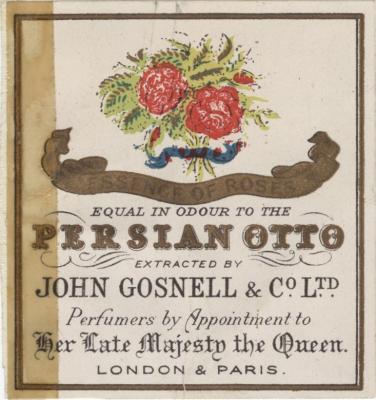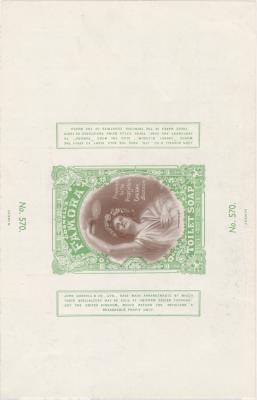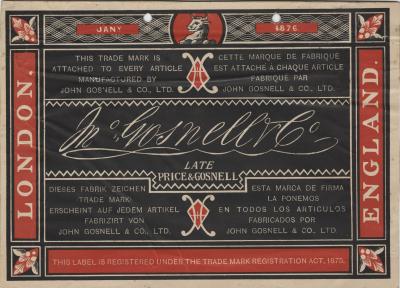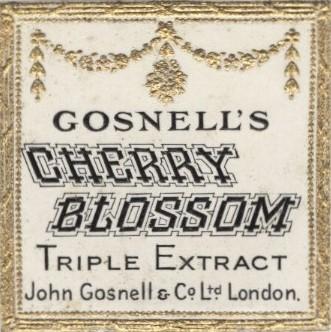3 Sketchbooks - Mary Hodgkin botanical drawings
c. 1941 - 1948Three volumes, exercise books, of hand painted (watercolour) wildflowers from Western Australia. The plants are mostly local to Gosnells and surrounding areas including Roleystone, Lesmurdie, and Kelmscott. Each sketchbook is complete, with descriptions of name, location, month and year the plants were found.
These three exercise books were filled with sketches by Mary Hodgkin, primarily during her short time in Gosnells. The exercise books were later presented to the WA Herbarium so that the plants depicted could be identified by the Government Botanist. A letter dated 21 April 1944, from Charles Gardner (Government Botanist 1929 – 1950) is attached to the inside cover of Sketchbook One. The botanist noted the names of each the plants and made alterations where necessary. Illustrations were marked with an asterisk to indicate that they were not indigenous species, but naturalised. A copy of the letter is also available for viewing at the State Library of Western Australia.
Details
Details
Throughout the sketchbooks, including botanical species names, locations and other details.
Mary Constance McKerrow (later Hodgkin) was born on April 5 1909, in Cheshire, England. Educated at Altringham County High School, she went on to graduate B.Sc.(Hons) in 1930 from the University of Manchester, having majored in Botany. She married Ernest Hodgkin in February 1931 and in July, after completing a Diploma of Education, she followed him out to Malaya where their four children - Graham, Patricia, Jonathan, and Michael - were born. Ernest had taken a job as Government Medical Entomologist in the Federated States of Malaya, then still a British colony. In Kuala Lumpur, Mary taught at several schools and played a considerable part in the Girl Guide movement. Armed with a powerful social conscience, she was especially concerned to give Guide training to disadvantaged and under-privileged girls.
After the Japanese invasion in 1941, Mary was forced to flee Malaya with the children by ship to seek safety in Perth, while Ernest was interned in Changi Prison, Singapore. Befriended by Quakers whose ideals and whose austerity she shared, she settled first in Astley Street, Gosnells and soon after made the family a warm and secure home in Cottesloe. It is during these early years that Mary completed the sketchbooks while exploring her new home, using a child's set of watercolour paints. During the war she continued to teach part time and for many years after she was active in the Girl Guide movement, serving in a variety of roles.
Her interest in the welfare of young people led her to studying Anthropology at the University of Western Australia. She graduated B.A. with an Honours degree in 1958 and went on to write a Master's thesis entitled 'Formal and Informal Social Alignments Among Malaysian Students in Perth'. This work provided the basis for her first book, "Australian Training for Asian Living" (U.W.A. Press 1966). This was a work of major importance to the cause of inter-cultural understanding. It specifically explored the needs and problems of Malaysian and Singaporean students in their encounters with Australian society. Her second book, "The Innovators" (Sydney University Press 1972) further investigated her life-long interest in mankind's potential for unity and co-operation, regardless of race, colour and creed. For many years, while on the staff of the Anthropology Department at the University of W.A., she represented the Malaysian and Singapore governments as Liaison Officer for their students in W.A. and in her capacity of Adviser to Overseas Students she was adviser and mother-figure to many foreign students until her retirement in 1980.
Her work for students at both State and Federal levels was recognised by the Malaysian Government in 1972 with the award of the Ahli Mangku Negara, and 1976 she was awarded the British Empire medal. Her interest in and deep understanding of young people far from home continued to the end of her rich, eventful and nourishing life. Always ready with her tart wit, her ever-renewed curiosity, and her great warmth and vitality, Mary Hodgkin contributed much to her profession and to her family.
City of Gosnells Museum - Wilkinson Homestead
City of Gosnells Museum - Wilkinson Homestead
Other items from City of Gosnells Museum - Wilkinson Homestead
- Ceramic cherry toothpaste pot, John Gosnell and Co
- Orchard record book
- Cherry Blossom Bookmark and Calendar
- Gosnell's Fragrant Face Powder label (red)
- Gosnell's Fragrant Face Powder label (purple)
- Gosnell's Fragrant Face powder label (brown)
- Eau de Cologne label
- Persian Otto Perfume label
- Gosnell's Famora Toilet Soap Wrapper
- John Gosnell's & Co. Trademark label
- Gosnell's Cherry Blossom Triple Extract Label
- Gosnell's Cherry Blossom Lotion label
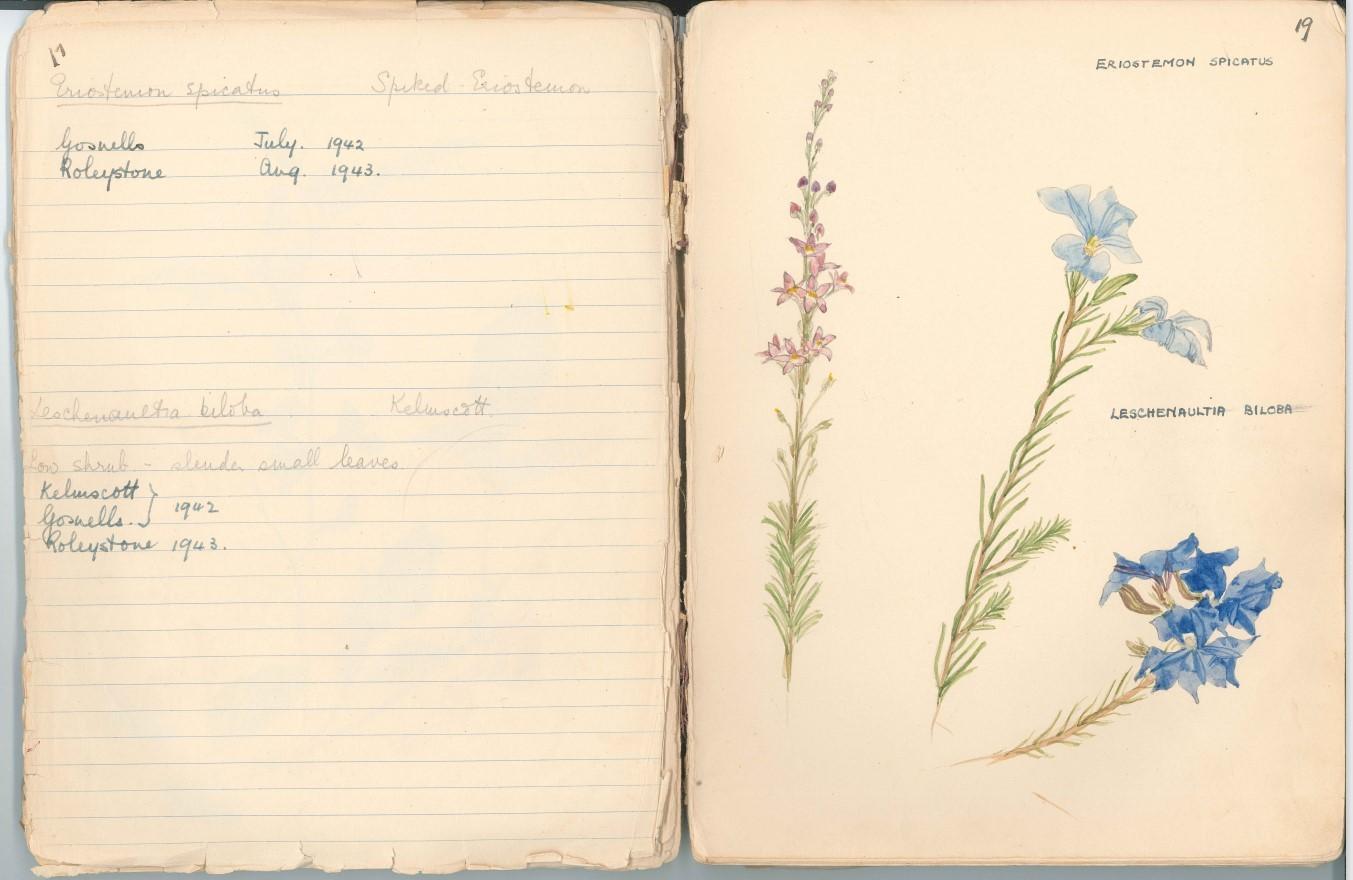
Scan this QR code to open this page on your phone ->

